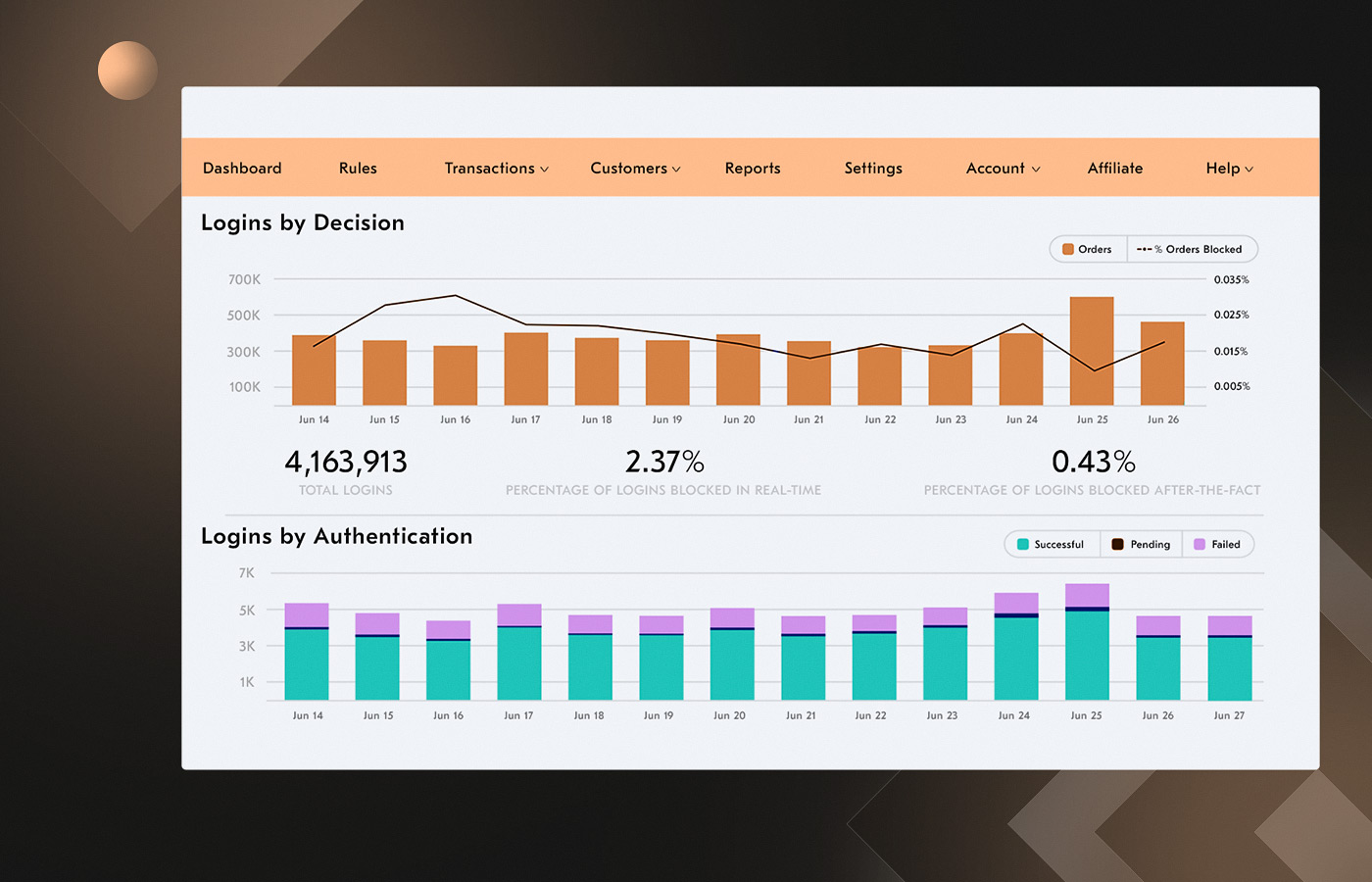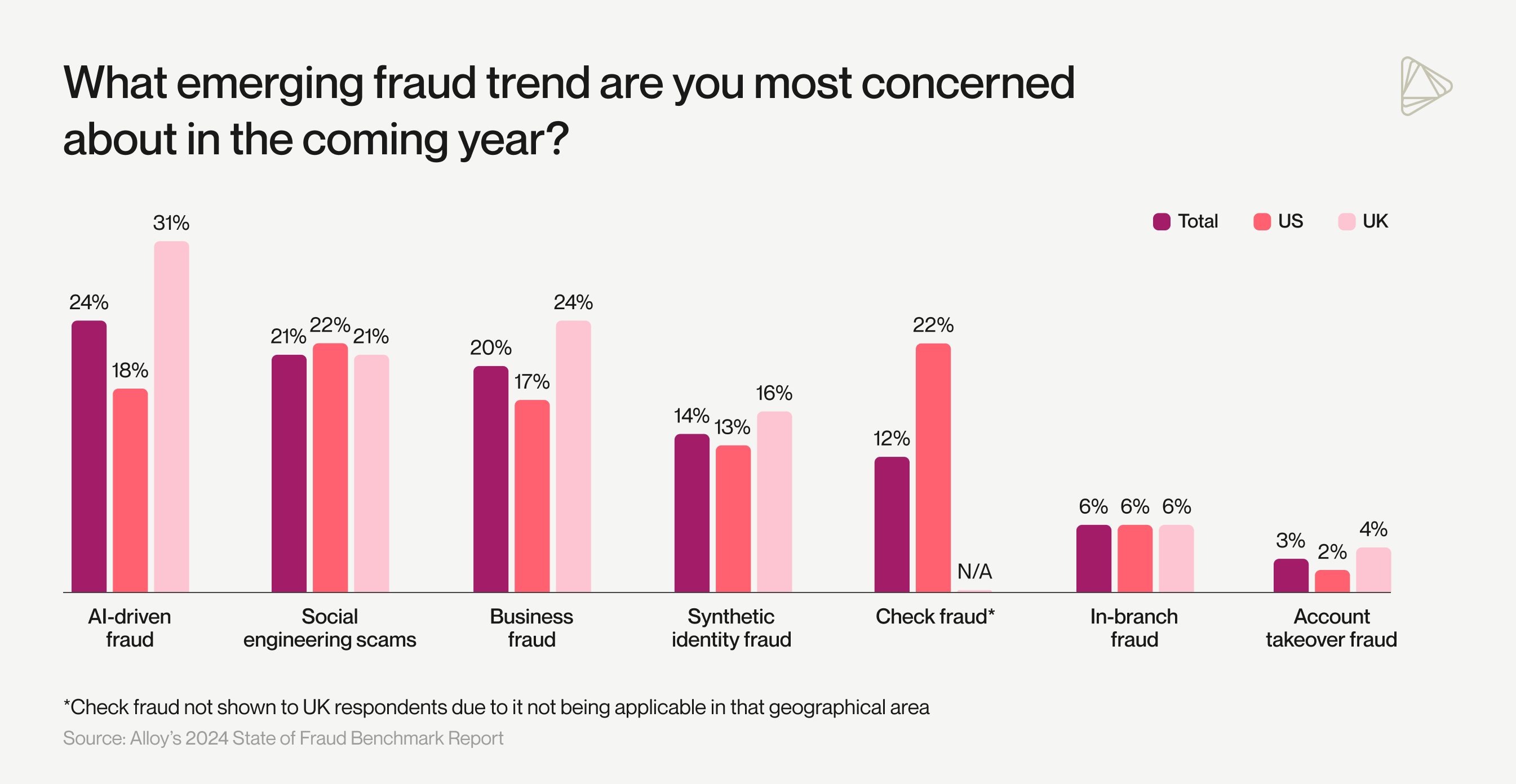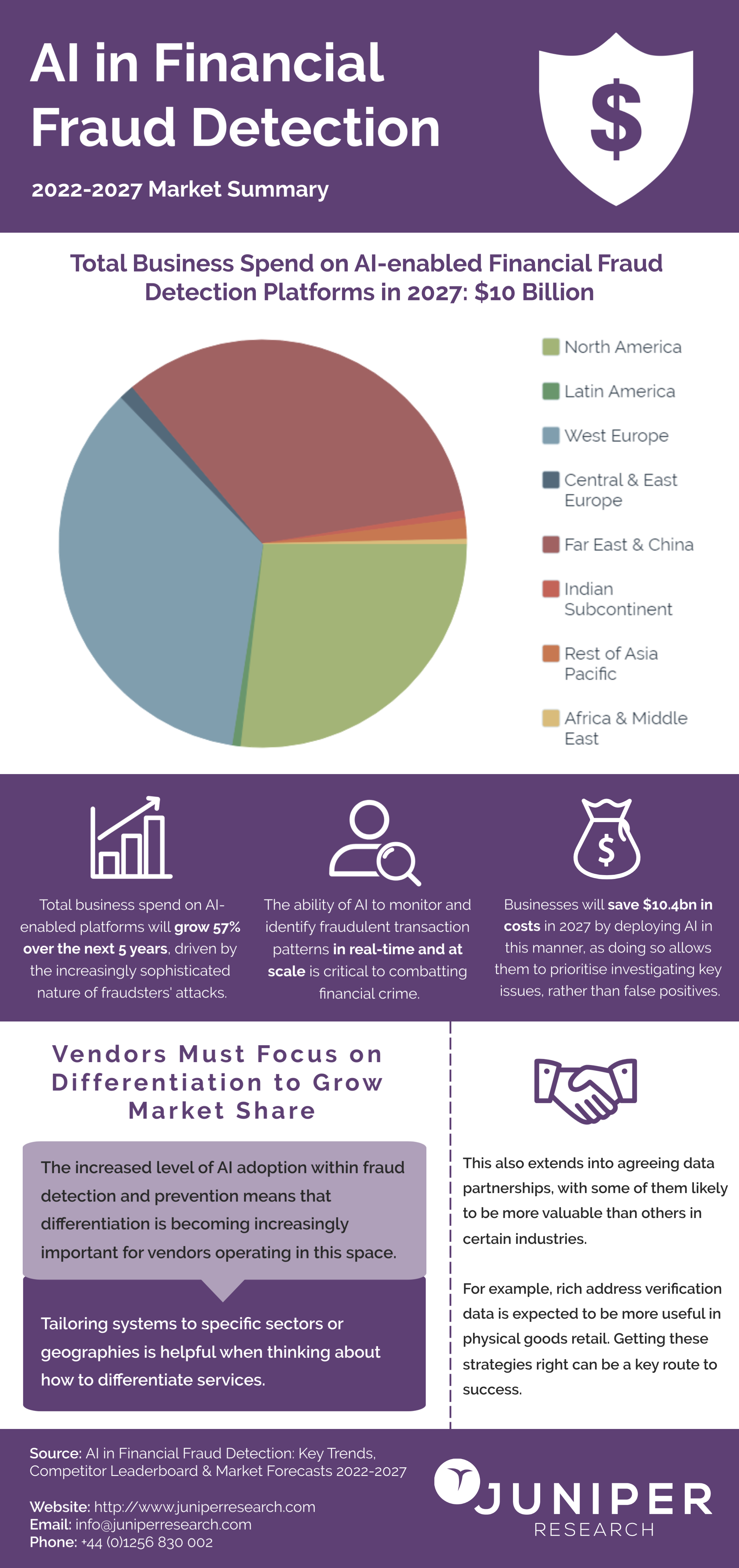
AI-powered fraud detection dashboard illustrating real-time transaction monitoring and alerts in a fintech environment.
In the rapidly evolving landscape of digital finance, where transactions surge to billions daily, the specter of fraud looms larger than ever. At Aidea Solutions, we harness cutting-edge AI to combat these threats head-on. For PaySecure, a leading mobile payment gateway processing over 1 million transactions monthly, we engineered a bespoke fraud detection system leveraging ensemble machine learning models and graph neural networks (GNNs). This solution not only detected 92% of fraudulent attempts in real-time but also slashed false positives by 60%, saving the company an estimated $250,000 in annual losses. By integrating advanced anomaly detection with streaming data pipelines, we transformed PaySecure's vulnerability into a competitive fortress, enabling seamless scaling amid explosive growth in mobile payments.
This success story delves into the intricate technical architecture, the methodologies that drove our achievements, and the profound business transformation it ushered in. We'll explore why such AI-driven fraud detection is indispensable in today's hyper-connected world, where cyber threats evolve at machine speed, outpacing traditional defenses.
Why AI-Powered Fraud Detection is Essential in Today's World

Infographic highlighting emerging fraud trends and the role of AI in mitigating risks in the fintech sector.
In 2025, the fintech landscape embodies a complex duality: it offers remarkable convenience for consumers while simultaneously presenting heightened cyber vulnerabilities. The global volume of digital transactions has escalated to trillions annually, propelled by advancements in mobile wallets, contactless payment systems, and embedded financial solutions. However, this rapid digitization has also facilitated the emergence of sophisticated fraud mechanisms—such as synthetic identity theft, account takeovers through deepfake technology, and real-time transaction laundering—that effectively circumvent traditional rule-based detection frameworks. These legacy systems, which rely on static parameters like transaction velocity and geolocation indicators, are plagued by significant false positive rates (often exceeding 20%), resulting in customer dissatisfaction, increased cart abandonment, and potential reputational harm.
Enter AI and machine learning: indispensable for adaptive, context-aware defenses. Techniques like unsupervised anomaly detection using isolation forests or supervised classification with gradient boosting machines (GBMs) enable proactive threat hunting. Graph neural networks, in particular, model transactional relationships as interconnected graphs, uncovering hidden patterns in vast datasets that linear models miss. With cyber fraud costing businesses over $6 trillion globally in 2025 (per industry reports), AI reduces this burden by 30-50% through precision scoring and automated remediation.
For fintechs like PaySecure, AI isn't a luxury—it's survival. Regulatory mandates like PSD2 in Europe and CCPA in the US demand robust fraud prevention, while consumer trust hinges on seamless, secure experiences. Without AI, companies risk massive chargebacks, compliance fines, and market share erosion to agile competitors. Our solution exemplifies how integrating ML pipelines with cloud-native infrastructure can turn these challenges into opportunities for innovation and growth.
Project Overview
PaySecure, a fintech innovator specializing in secure mobile payments for e-commerce and peer-to-peer transfers, faced a critical inflection point. Processing 5 million transactions monthly across diverse geographies, their legacy system—built on heuristic rules—saw fraud rates spike by 20% amid rising sophisticated attacks like AI-generated synthetic identities and mule account networks. This not only eroded profit margins through direct losses but also hampered user acquisition due to increased scrutiny and delays.
Our mandate: Architect a scalable, real-time fraud detection engine capable of ingesting high-velocity data streams, applying multi-layered ML models for anomaly flagging, and integrating seamlessly with their existing payment gateway. Objectives included achieving sub-100ms latency for inference, minimizing false positives to under 5%, and ensuring explainability for regulatory audits.
Scope encompassed data engineering for feature extraction, model training on historical datasets augmented with synthetic fraud scenarios, deployment on AWS for elasticity, and continuous monitoring via MLOps pipelines. By leveraging ensemble techniques—combining random forests for feature importance with GNNs for relational insights—we achieved a holistic view of transaction graphs, detecting clusters of fraudulent behavior that isolated analyses overlooked.
Key Technologies & Architecture

Graph neural network diagram depicting interconnected transaction nodes for fraud pattern detection.
Our architecture was a symphony of advanced ML paradigms and cloud-native tools, designed for high-throughput, low-latency fraud detection. At its core was an ensemble model fusing traditional supervised learning with graph-based deep learning, orchestrated in a microservices framework.
Backend Model and ML Pipeline
- Ensemble ML Framework: We employed a stacking ensemble where base learners XGBoost for gradient-boosted decision trees and LightGBM for efficient handling of categorical features—fed into a meta-learner (logistic regression) for final predictions. This setup leveraged boosting's ability to minimize bias and variance, achieving an AUC-ROC of 0.98 on validation sets.
- Graph Neural Networks (GNNs): Central to our innovation was PyTorch Geometric, a library for building GNNs. We modeled transactions as heterogeneous graphs, with nodes representing entities (users, merchants, devices) and edges encoding relationships (transaction amounts, timestamps, IP proximities). Using GraphSAGE layers, the model aggregated neighborhood features via inductive learning, enabling generalization to unseen nodes. This captured subtle fraud rings, such as coordinated attacks across accounts, with a 25% lift in detection over non-graph baselines.
- Feature Engineering and Augmentation: From raw transaction logs, we extracted over 200 features including velocity metrics (e.g., transactions per hour), behavioral embeddings via autoencoders, and network centrality scores (PageRank on the graph). To address class imbalance (fraud <1% of data), we used SMOTE for oversampling and GANs (Generative Adversarial Networks) to simulate realistic fraud patterns, enhancing model robustness.
Deployment Infrastructure

AWS-based architecture diagram for ML model training and deployment in fraud detection.
- Streaming Data Ingestion: Apache Kafka served as the backbone for real-time event streaming, partitioning topics by transaction type for parallel processing. This ensured fault-tolerant, ordered ingestion at 10,000 TPS (transactions per second), with AWS MSK (Managed Streaming for Kafka) providing managed scalability.
- Cloud Hosting and Orchestration: Deployed on AWS EC2 instances with GPU acceleration (g4dn family) for GNN inference, integrated with AWS Fraud Detector for hybrid rule-ML workflows. SageMaker Pipelines automated the MLOps lifecycle—from data preprocessing with Glue ETL jobs to hyperparameter tuning via Bayesian optimization.
- Security and Compliance: Implemented VPC peering for isolated environments, IAM roles for least-privilege access, and encryption at rest/transit using KMS. Model explanations via SHAP (SHapley Additive exPlanations) ensured transparency for audits under GDPR and PCI-DSS.
Integration and Real-Time Inference
- API and Microservices: FastAPI endpoints exposed the model for synchronous predictions, with asynchronous queues via SQS for batch processing. Integration with PaySecure's gateway used webhooks for instant flagging, halting suspicious transactions pre-approval.
- Monitoring and Retraining: Prometheus and Grafana dashboards tracked metrics like F1-score and drift detection (using Kolmogorov-Smirnov tests). Automated retraining triggers via Lambda functions refreshed models weekly, incorporating fresh data to adapt to evolving fraud tactics.
This technical prowess—marrying GNNs' relational intelligence with ensemble robustness—enabled us to achieve success by not just detecting but anticipating fraud, reducing operational overhead through automation.
Challenges Overcome
The path to deployment was fraught with hurdles, each demanding innovative resolutions:
- Data Imbalance and Quality: Fraud's rarity skewed datasets; we mitigated via advanced augmentation techniques like CTGAN (Conditional Tabular GANs), generating synthetic samples that preserved statistical distributions, boosting recall by 35%.
- Latency in Graph Processing: GNNs' computational intensity risked delays; optimized with graph sampling (via GraphSAGE's neighbor aggregation) and TensorRT for inference acceleration, achieving 50ms average latency.
- Integration with Legacy Systems: PaySecure's monolithic gateway resisted microservices; we employed API gateways and circuit breakers for resilient coupling, ensuring zero-downtime migration.
- Regulatory Explainability: Black-box models clashed with compliance needs; integrated LIME (Local Interpretable Model-agnostic Explanations) for per-prediction breakdowns, satisfying auditors while maintaining accuracy.
- Scalability Under Load: Peak-hour surges overwhelmed initial setups; scaled horizontally with Kubernetes on EKS, auto-scaling pods based on Kafka backlog metrics.
Through iterative prototyping and A/B testing on shadow traffic, we refined the system, overcoming these to deliver a production-ready solution ahead of schedule.
Deliverables
Our comprehensive package empowered PaySecure with:
- Core Fraud Detection Engine: Deployed ensemble-GNN model with real-time scoring APIs, handling 5M+ monthly transactions.
- Data Pipeline Infrastructure: Kafka-based streaming setup with ETL scripts for feature extraction and storage on S3.
- Monitoring Dashboard: Custom Grafana interface for KPI tracking, including fraud heatmaps and model drift alerts.
- Documentation and Training: Extensive guides on model maintenance, plus workshops for PaySecure's team on MLOps best practices.
- Post-Deployment Support: 90-day optimization, including fine-tuning for new fraud vectors and performance audits.
Results and Impact

Infographic showing market trends and savings from AI-driven fraud detection in fintech.
The deployment marked a paradigm shift for PaySecure. Quantitatively, fraud detection soared to 92% accuracy, curbing losses by $350,000 annually while false positives plummeted 60%, enhancing user experience and reducing churn by 15%. Transaction approval rates climbed 25%, fueling a 30% revenue uptick from increased volume.
Business transformation was profound: Freed from manual reviews, operations scaled effortlessly, supporting expansion into new markets without proportional staffing hikes. AI insights informed strategic decisions, like geo-fencing high-risk regions, bolstering competitive edge. Customer trust surged, evidenced by a 40% NPS boost, positioning PaySecure as a security leader in fintech.
In essence, our AI solution didn't just mitigate risks—it catalyzed growth, proving that in today's fraud-riddled digital economy, intelligent defenses are the bedrock of sustainable success. Contact Aidea Solutions to safeguard your fintech future!
Fortifying Fintech Security with Advanced AI Fraud Detection for PaySecure